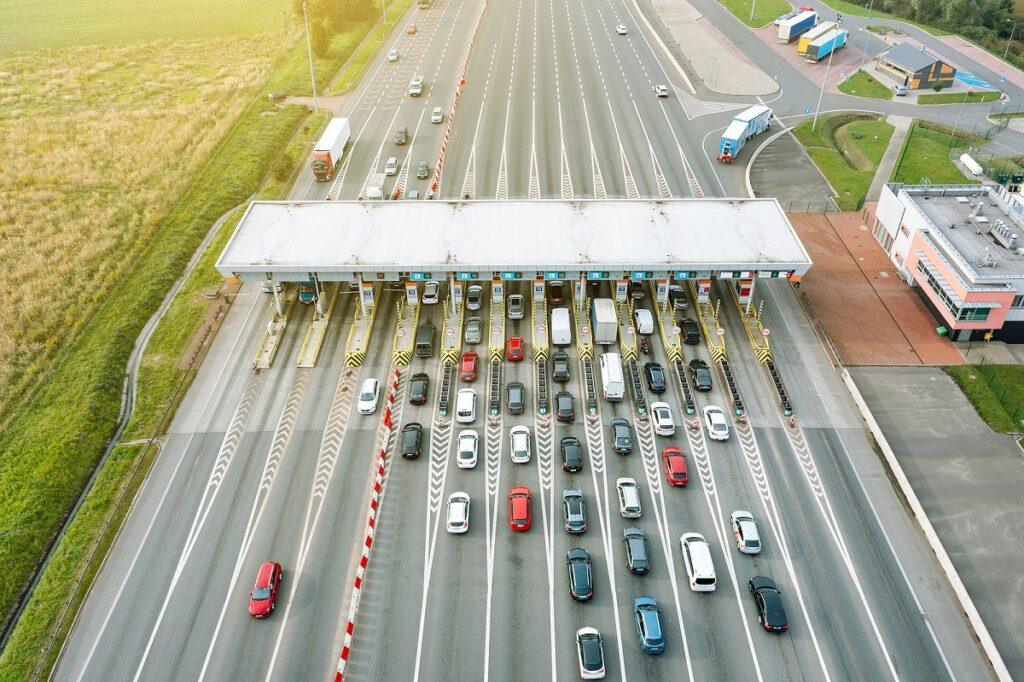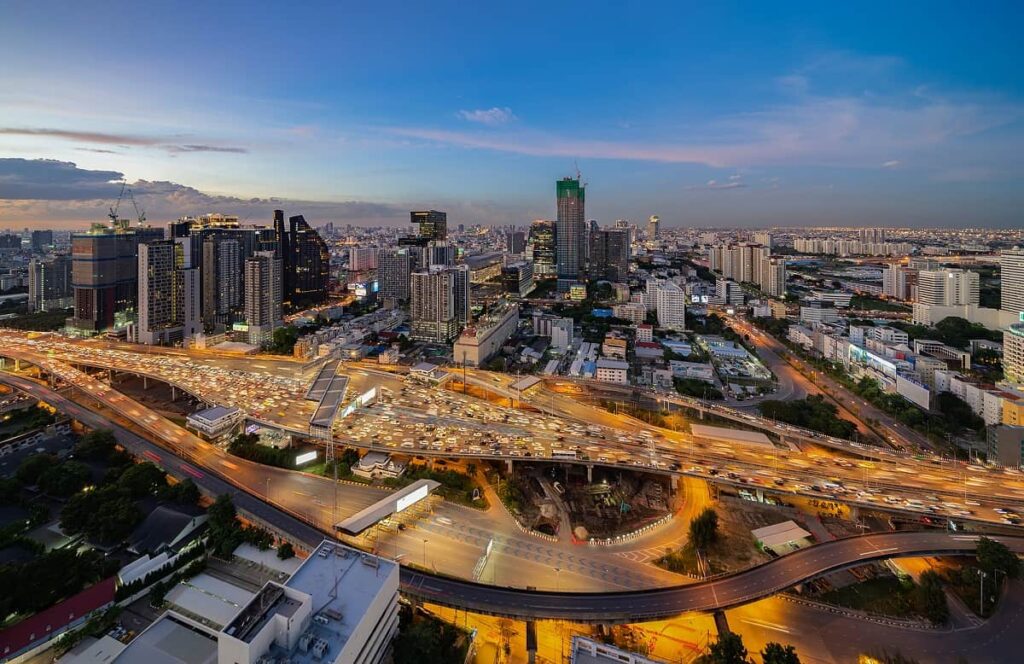Artificial Intelligence in the Air Traffic Control Tower
Table of contents
Table of contents

Something happened a few days ago in an airline that frankly shocked us. In fact, we were so outraged that we spent the better part of our day letting everyone on social media know just how abhorrent and despicable it was that such an act took place. That’s right. We’re talking about that old Asian dude who thought it was a good idea to delay an entire aircraft full of people by running back onto a plane after he had been asked to leave it as part of a random selection process (that has been in place for decades) so that the plane could take off. Hopefully he learned his lesson for behaving so immaturely. Now we’re looking forward to loading up on some discounted United airfares before the airline jacks their ticket prices because they had to hire a “Head of Sensitivity” along with all the other costs associated with managing the outrage of armchair airline CEOs.
This made us think. What if somehow the archaic booking process used by airlines could be improved such that artificial intelligence (AI), robotics, and automation could handle everything? While it may be a while before we see security robots dragging belligerent passengers from planes, the complexities that an airport presents are the perfect environment for AI to start “freeing up people to do more value added activities” – like managing moral outrage on Twitter.
So what sort of research is being put into the use of artificial intelligence for managing the workflow of airports? The first application that may cross your mind is the air traffic control function which is largely rules based. While autonomous planes may never actually be accepted by the general public, an autonomous control tower is largely out of sight and out of mind.
Basically, two-fifths of all air traffic controllers continue to suffer from chronic fatigue; in most cases that fatigue has little to no connection to poor working conditions – Aerotime Aviation News
Mistakes made in the control tower can result in deaths. In 2006, 49 people were killed when an aircraft tried to take off on a runway that was too short. The cause? The air traffic controller didn’t notice which could be attributed to the fact that he only slept for 2 hours the night before. Real world problems like this are exactly what companies like Searidge Technologies are looking to address with artificial intelligence.
Searidge Technologies
Canadian company Searidge Technologies has been around for a while “improving the world of airport surface management with innovative technology“. They were the first company to have an operational video system in an air traffic control tower and now have their technology deployed at more than 30 sites in 16 countries. Just last month, they unveiled Aimee, “an advanced neural network framework for development of Artificial Intelligence (AI) based solutions for air traffic control and airport efficiency“.
The platform is made up of 4 different areas:
- Computer Vision Processing (Remote/Digital Tower Video);
- Natural Language Processing (Controller-Pilot Radio Telephony);
- Flight Data/Surveillance Processing and Analysis;
- Weather Processing
The idea is that airports generate vast amounts of big data on a daily basis and deep learning algorithms can then be used to find obscure relationships in the data to make things more efficient – like only selling seats that are available on an aircraft. Initial applications being put to use are aircraft identification for real-time gate statuses. Apparently airports have video cameras in key locations that can monitor the movement of aircraft. Fort Lauderdale-Hollywood International Airport (FLL) adopted Searidge technology to monitor aircraft movement as opposed to having humans do the same task:
Searidge provided the ramp controllers at FLL with real time video footage from an array of video sensors, covering nearly the entire airport surface. Aimee, the Searidge AI platform, then used advanced object detection and recognition artificial neural network technology to detect aircraft on the airport surface by processing the video streams from 31 thermal video sensors installed across the airport. The system then uses these aircraft detections and their proximity to the airport gates to provide FLL staff with gate statuses for almost all gates.
They can then use this data to do cool stuff like automatically bill airlines for gate usage. If your job presently involves monitoring aircraft all day through a pair of binoculars, you may want to take a look at our article on 9 well paying jobs of the future.
Searidge isn’t the only company to think about using artificial intelligence in air traffic control. According to an article by Network World, as far back as 2008, the Defense Advanced Research Projects Agency (DARPA) has been working with Lockheed Martin’s Advanced Technology Laboratories under a $22 million, 48-month contract to develop AI technology that keeps airspace operating safely with the advent of unmanned aerial vehicles (UAVs) and other airborne weapons.
Looks like we still have ways to go before artificial intelligence can make sure that you don’t get kicked off an aircraft because of overbooking though it will be making your flight safer soon. In the meantime, when someone asks you to get off an aircraft, don’t behave in a threatening manner. Common sense says you’ll be forcibly removed and AI isn’t going to treat that situation any differently.
Sign up to our newsletter to get more of our great research delivered straight to your inbox!
Nanalyze Weekly includes useful insights written by our team of underpaid MBAs, research on new disruptive technology stocks flying under the radar, and summaries of our recent research. Always 100% free.
















I work in hi-tech and after reading the beginning of your article, you are on my list of useless, junk, garbage website. Good day.
We work in “hi-tech” too and appreciate your feedback. There will always be some people who don’t appreciate “say it how it is” journalism.